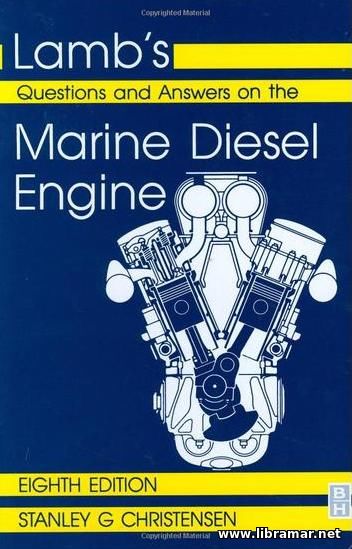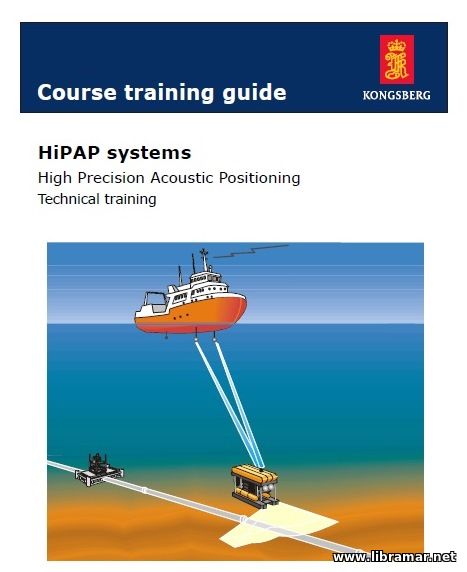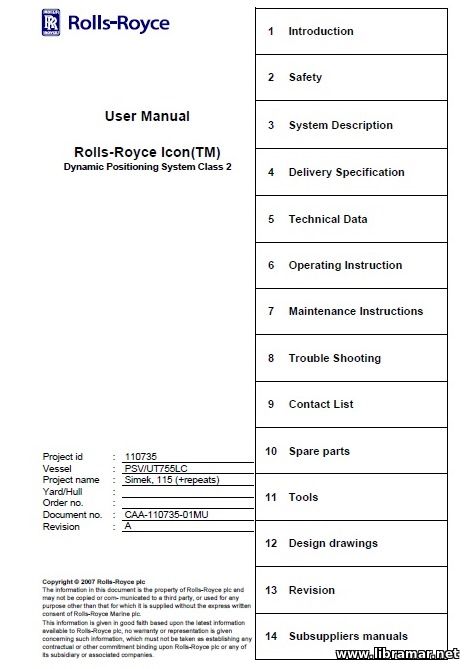What is the Bulbous Bow for?

How you ever noticed the hulls of the ships having a strange protrusion of the forward end? It is big amount of metal sticking out of the water. We call it the bulbous bow. But, it serves a specific purpose. Let us see what the bulbous bows are for and why they are fitted.
All ships are of different sizes and, like the ships, the bulbous bows are also all different sizes. They are all designed specifically for the ship in which they are fitted, and they are all designed to serve one main function.
To understand a bow, let us first consider the vessel which does not have a bulbous bow fitted. As it moves through the water, a pressure wave builds up at the front of the ship. This increases the height of the water – the ship is pushing it ahead; but that water has to go somewhere, so what happens – it flows back down the side of the hull. It will keep flowing back down, forming the wave all the way along the side of the ship’s hull.
Now, the problem with this is that it increases the drag of the vessel. It’s in contact with a larger surface of water, it is coming higher up the hull, the water is moving at the inconsistent speed because it is going up and down as well as along. This increases the fuel consumption of the vessel. So, we need to wind a way to mitigate this wave.
contact with a larger surface of water, it is coming higher up the hull, the water is moving at the inconsistent speed because it is going up and down as well as along. This increases the fuel consumption of the vessel. So, we need to wind a way to mitigate this wave.
We can model this wave mathematically. On the graph you can see at the picture, we have plotted a curve of Y equals Sine X. if we think back to mathematics, we also know that if we plot another curve that is 180 degrees out of phase with our initial curve, and they will actually cancel each other out. All you do is you add each of the points along the curve and the resultant is the green line straight through the middle.
 If we could generate same thing on the ship, we would be able to mitigate that wave that is causing all that drag… Let us now return to our original ship diagram. We have now taken her out of the water to show the shape of the hull underneath. Here, the bow area is shown as we are actually interested in this one. We could do a quick redesign, add a bulb and change the underwater shape.
If we could generate same thing on the ship, we would be able to mitigate that wave that is causing all that drag… Let us now return to our original ship diagram. We have now taken her out of the water to show the shape of the hull underneath. Here, the bow area is shown as we are actually interested in this one. We could do a quick redesign, add a bulb and change the underwater shape.
This is going to affect the way the water moves around the hull. If we think back to the original waveform, we can overlay it on the picture in blue. This is the effect that the hull itself has on the water flowing around. But we now have got that additional bulb at the front so what we can overlay the waves generated by that bulb alone and put them on the same picture in red.
Now, you will notice that these two waves are out of phase with each other and we already know that these waves actually can cancel each other out if they are out of phase the correct amount. In this case, they are, and what does is that it flattens down the waterline along the full length of the hull. It does mean you still get that slight up rise here at the bow but along the majority of the length the water is now flat. This reduces the drag and, consequently, the fuel consumption, and this is the main reason for fitting the bulb.
length the water is now flat. This reduces the drag and, consequently, the fuel consumption, and this is the main reason for fitting the bulb.
Talking of the bulbs discussed at the beginning of the article – they are all different and designed specifically to produce that wave 180 degrees out of phase to reduce fuel consumption on their designed vessel. Anything outside of the design parameters – we are talking speed, loading conditions, hull size – the bulb will no longer work and it would actually increase fuel consumption because it is extra lump of metal the ship has to carry around. If it does not produce that useful wave, it is no longer any good.
The "Read Later" function allows you to add material to this block with just one click. Just click on the icon and read the articles that interest you at any convenient time.


